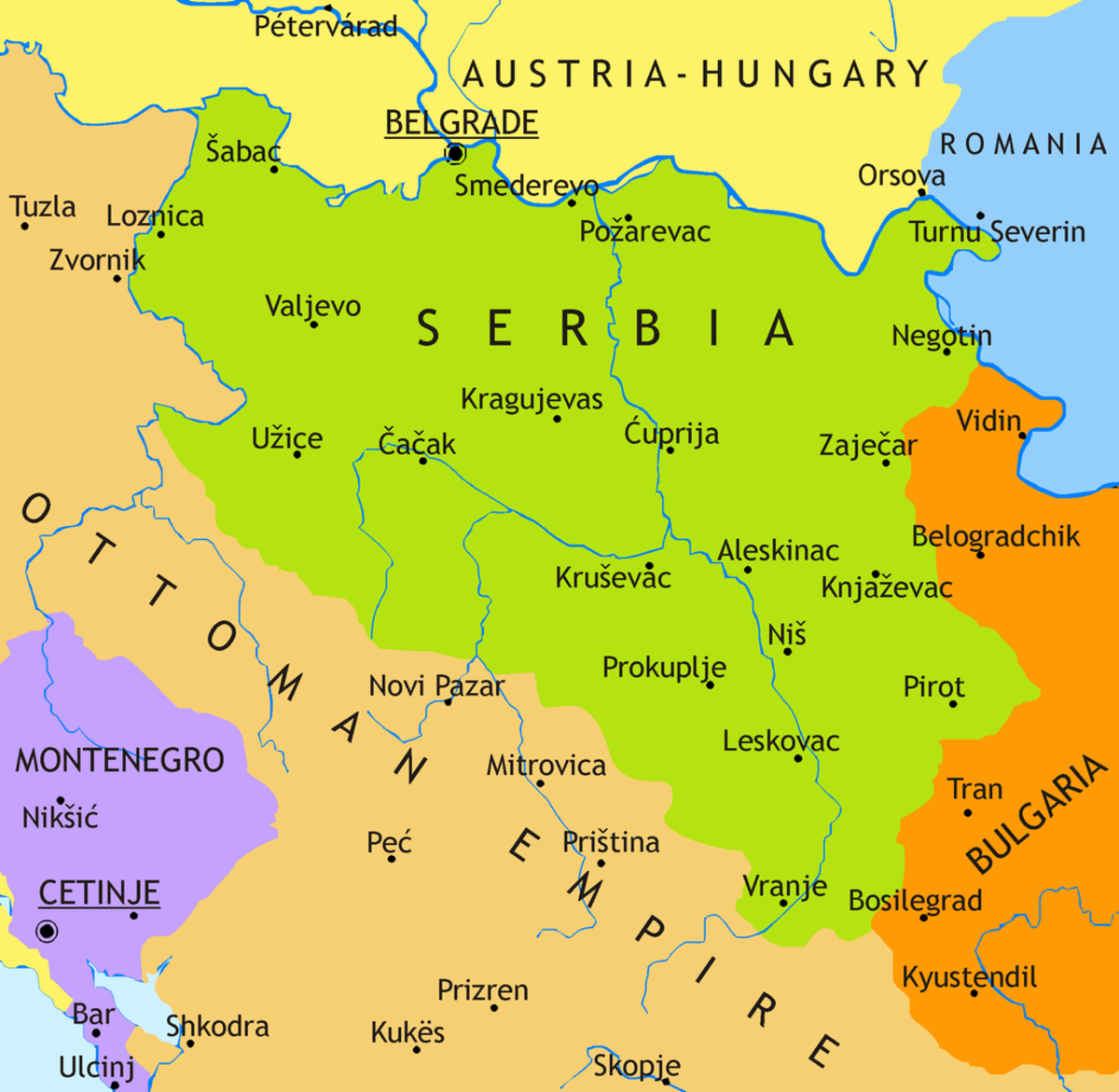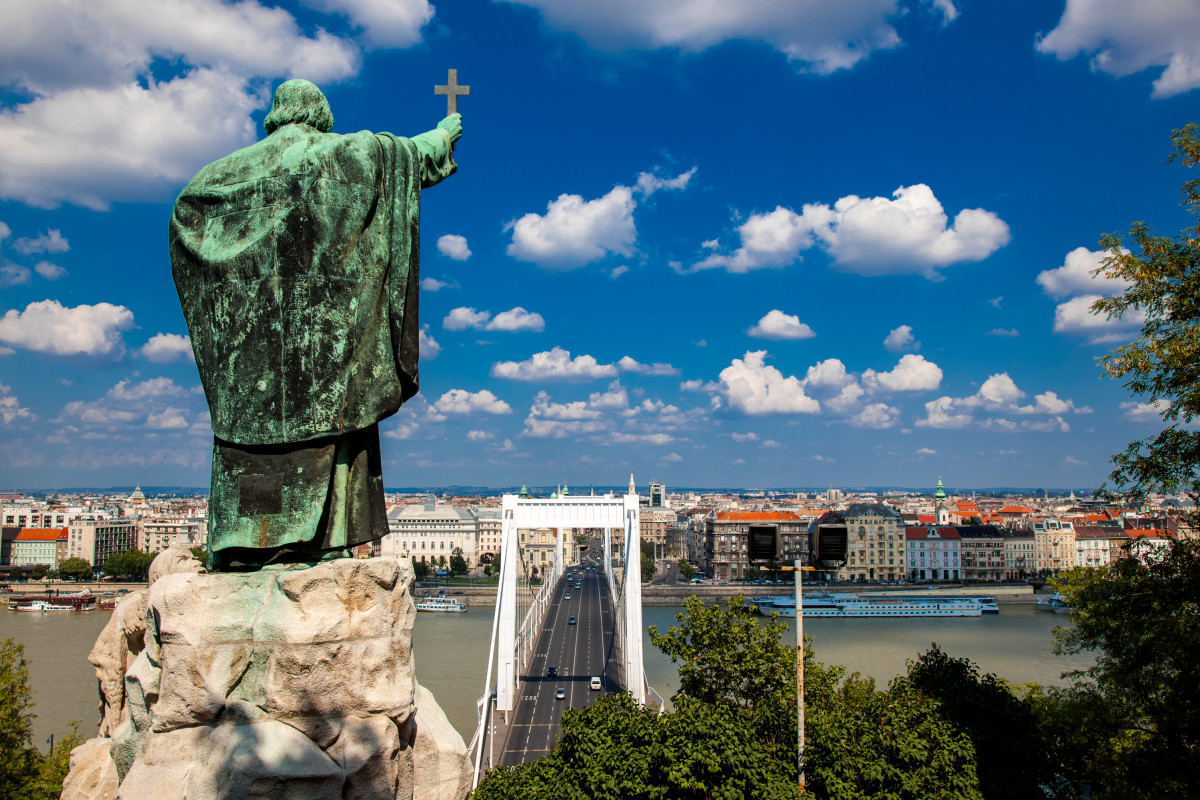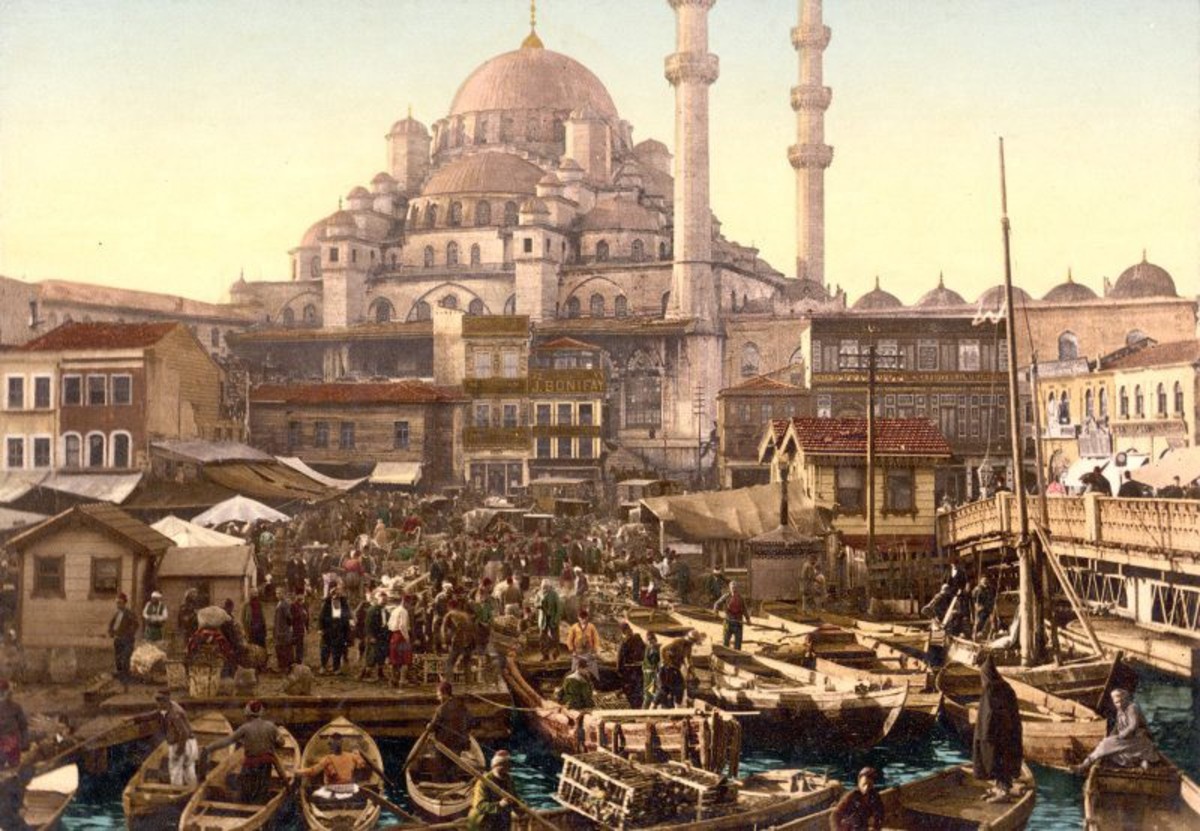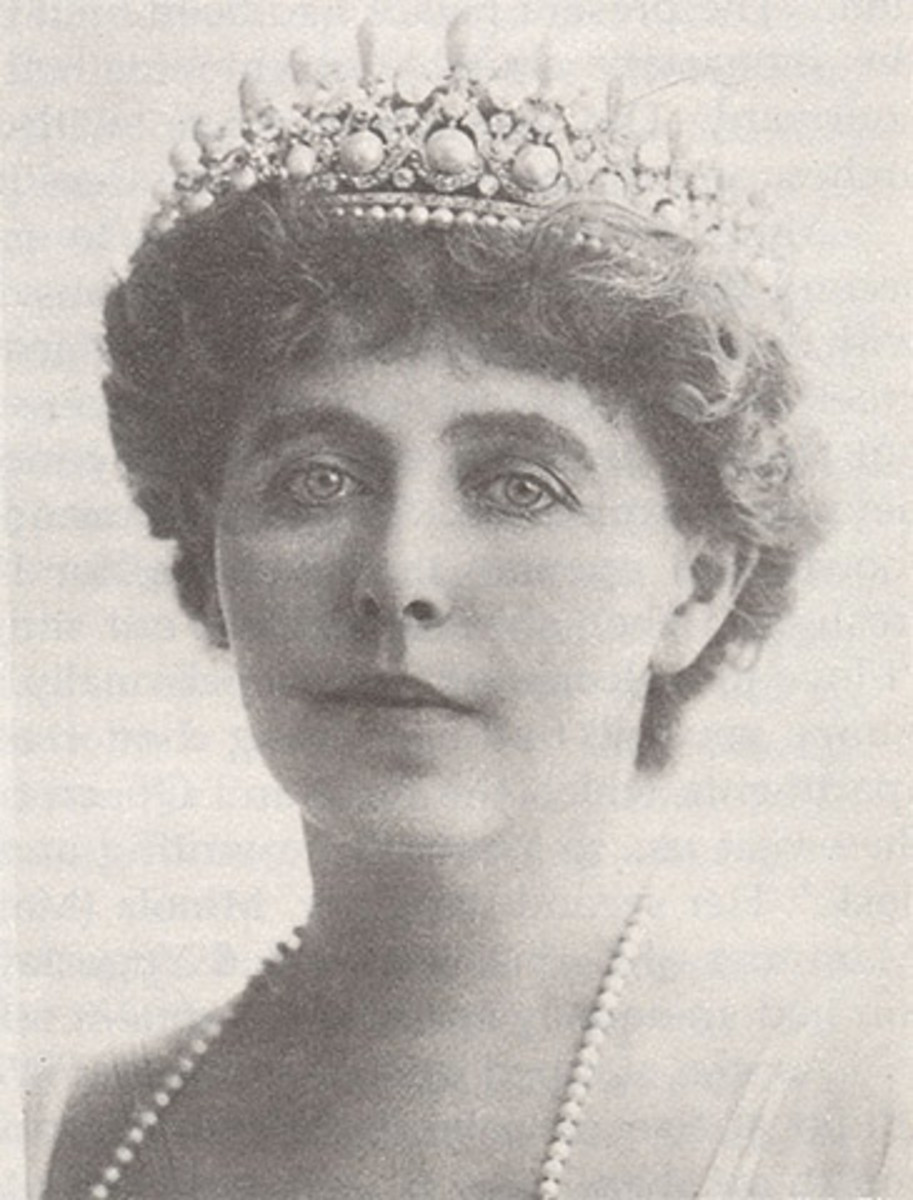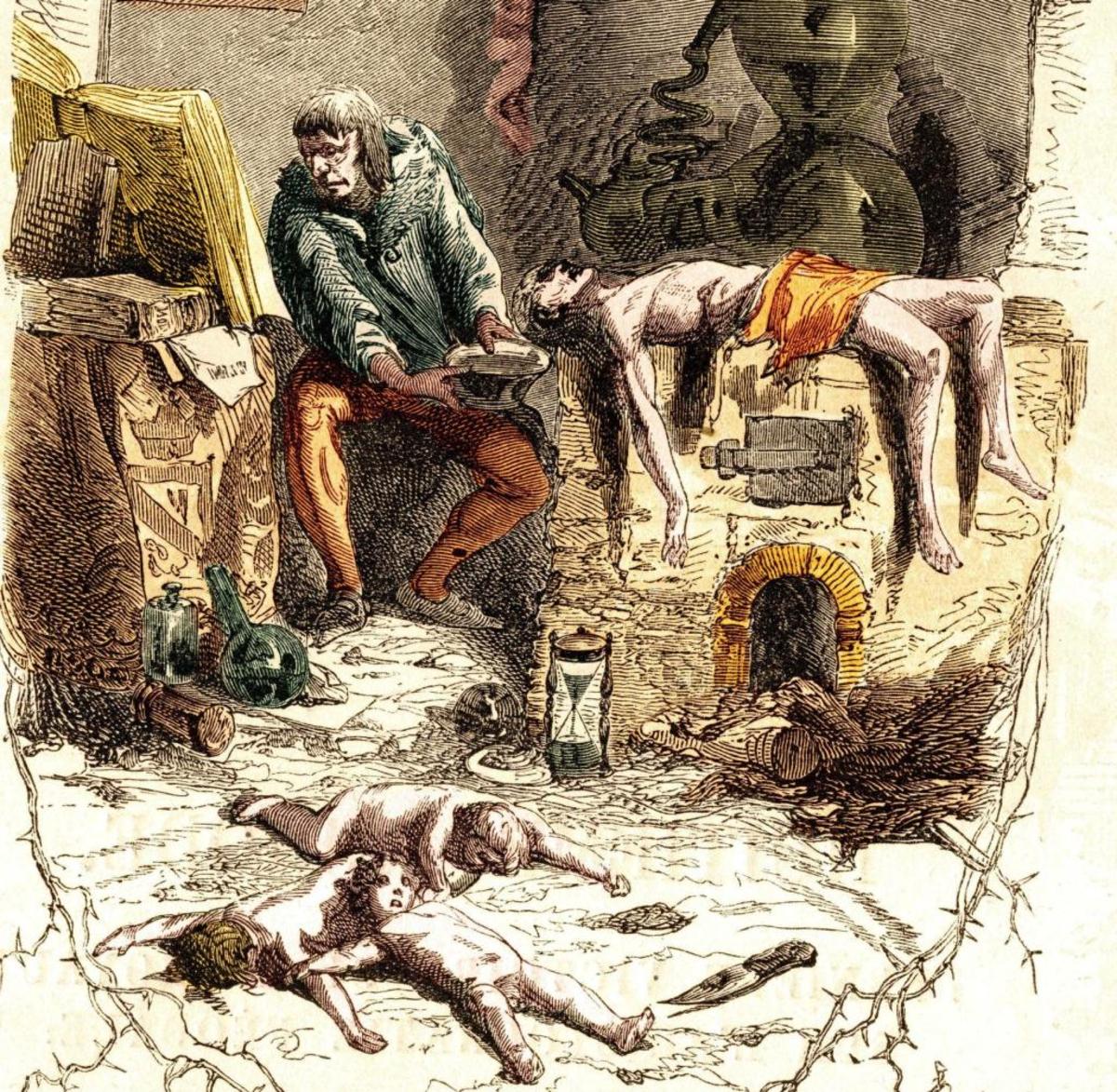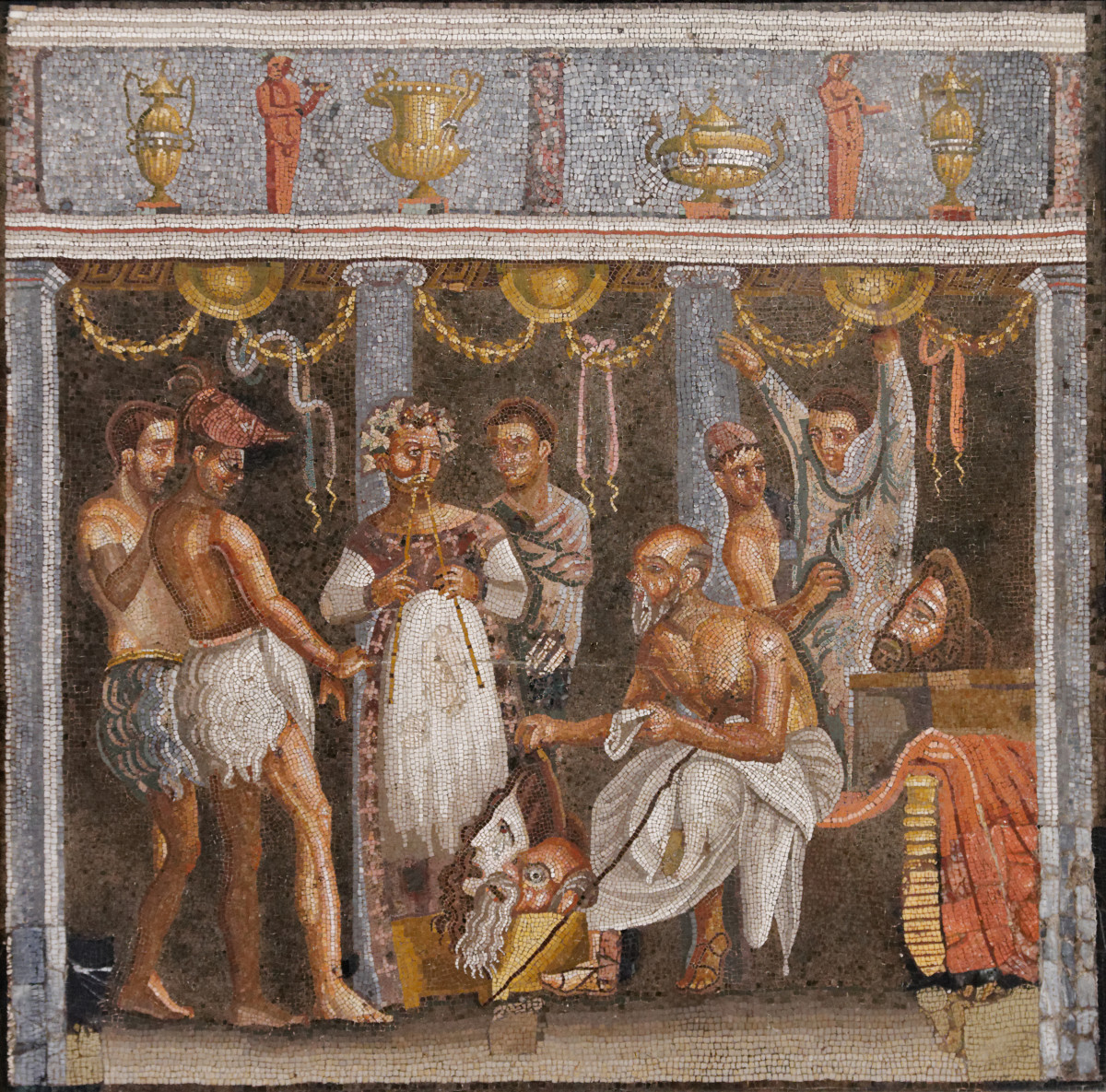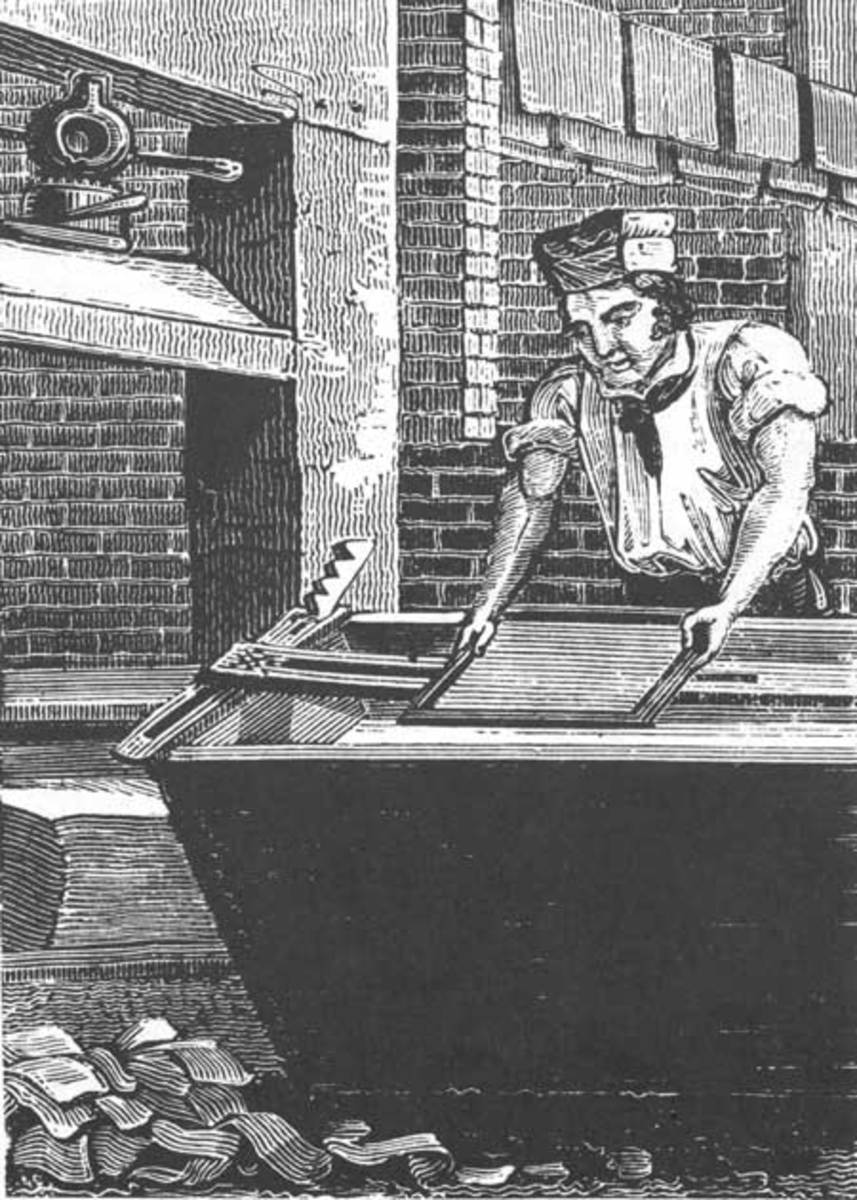Interesting History: The Kingdom of Hungary, a Brief Summary
The early times
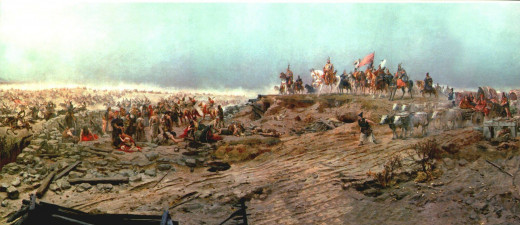
Despite all the research conducted, the origins of the Hungarians are shrouded by mystery. The Hungarian language is claimed to be Finno-Ugric due to shared basic words, but it also has Turkish, Chinese and Mongolian words.
The traditional Hungarian lifestyle resembles that of the Hunnic horde, and Byzantine historians claim that the Magyars (ethnic Hungarians) are descendants of the Huns (therefore the name: Hun-gary in Indo-European languages). I will not to go into any more details in regards to this matter, because these are the things are still controversial and many academics debate the different origin theories.
What we do know is that over the early middle ages, nomadic people settled down in the Carpathian basin, with the Magyars eventually arriving in 895. They were living the life style one would expect from nomadic Asian people, residing in yurts, riding and shooting arrows from horseback.
The 10th century was spent with raiding Europe, and the Magyars drove fear into the hearts of the population: Hungarians raided Treviso, Verona, Milan, Constantinople, Würzburg, Bremen, Alsace, Provence, Luxembourg, Reims and Otranto.
They mainly utilized light cavalry tactics: highly mobile, allowing them to raid the countryside unexpectedly, without the defenders having enough time to organize their forces. If forced into a fight, they used composite recursive bows to shoot deadly arrows while faking a retreat.
These tactics were impervious in Europe until traditional knighthood with decent heavy cavalry developed, and the Hungarians eventually suffered a major defeat at Lechfeld in 955. After that, the principality of Hungary kept a truce with Western Europe while still raiding the Byzantine Empire for decades.
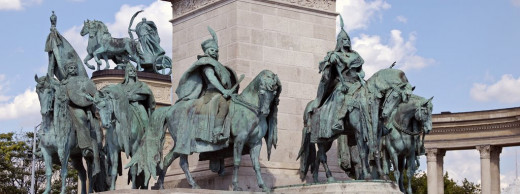
Founding the Kingdom and house Árpád
The heir to the principality, Vajk was christened to be Stephen I., and formed the Christian Kingdom of Hungary with his coronation on Christmas Eve, 1000. He brought knighthood and western European traditions to Hungary by accepting Bavarian knights into his court, and converted the Kingdom to Christianity. Stephen is often referred as "the founder", and was canonized as a Catholic saint in 1083. His ruling house was the Árpád house, named after his father.
11th century Hungary saw numerous invasions from the Holy Roman Empire, all in vane due to the hostility of the Hungarian wilderness and the military tactics still utilized. By the 11th century, Hungarians learned to mix traditional nomadic warfare with western European maneuvers.
As the Holy Roman army entered the country, the Hungarians burned the fields and attacked the supply lines while avoiding the bulk of the army. After "exhausting" the soldiers (they could not receive any food or water due to shortages), the Hungarians launched surprise attacks.
There are confirmed myths (written down by both Hungarian and German historians) about German knights digging holes and sleeping inside those out of sheer fear, and there was a legendary battle at a mountain near the current capital where the German knights were defeated so badly that they threw away pieces of their armor to escape faster (such pieces have been found since).
The golden age of house Árpád was under the rule of Béla III., husband of the Byzantine Emperor's daughter. He held the title of "Kaisar" (after Caesar, note how the German word 'Kaiser' meaning Emperor evolved) in the Byzantine court, and was the perfect example for a meritocratic leader: he received Byzantine education and ruled Hungary with an iron fist, leading to enormous economic growth. His income was "23 tonnes of pure silver a year" which exceeded the income of the French king (estimated at 17 tonnes) and was double the receipts of the English crown's of its time.
The Kingdom of Hungary entered a personal union with the Kingdom of Croatia in 1091 under the leadership of King St. Ladislaus I. after a quick conquest. In 1222, a document resembling the Magna Charta Libertatum was signed in Hungary, independent of the English one, securing the rights of the nobility and regulating the king's.
It was necessary, because Andrew II. had been leading numerous expensive campaigns to the east and to Jerusalem, and the nobility felt the spending was ruining the Kingdom. Andrew conquered Halych and was crowned King of Jerusalem as well. He released the Diploma Andreanum too, which secured the privileges of the Transylvanian Saxons, and is considered to be the first autonomy law in the world.
In 1241-42, Hungary suffered a decisive blow from Mongol invaders, they slaughtered about one fifth of the population while razing half the villages which eventually led to diseases spreading and famines, securing a total loss of approximately 50% the population.
King Béla IV. fled the country to Italy, but returned as soon as the Mongol horde drew back (Ghenkis Khan had to return to Mongolia to be present at the Great Khan election), and introduced numerous reforms to re-shape the country.
He supported the construction of stone fortresses all over the country, called in Germanic and Polish settlers and allowed the barons to keep their own armies. The Mongols returned in 1285, but they were trapped and slaughtered (encircled and each slain) beside the Hungarian capital by the westernized Hungarian forces,
Recommended reading
The end of the Árpád line and house Anjou
In 1301, the last member of the house Árpád died, leaving the country in chaos. Years of interregnum followed, with numerous barons battling for the crown. A young boy (aged 13 at the start of the war for the crown) arrived from Italy, Caroberto di Anjou (crowned Charles I.).
His paternal grandmother was the daughter of a Hungarian king, an extremely weak claim to the crown, yet he managed to defeat the barons and claim the throne for himself. His rule marks the beginning of the Anjou-times, the second golden-era in medieval Hungarian history.
During his reign Charles centralized the country and implemented numerous reforms, including new taxes and a mining act that allowed barons to keep part of the metals they mine (mines have been properties of the king before). With this, they were motivated to find new mineral deposits and exploit them.
Due to the large amount of new mines, Hungary's gold production peaked at 30% of the world's total (1400 kilograms in the year of 1330), which eventually led to the first gold coin minted to the north of the Alps, the Hungarian Forint. He created a trade alliance with Bohemia and Poland (which is still active today) in order to create a merchant route that avoids Vienna and the Austrian capital's high taxes.
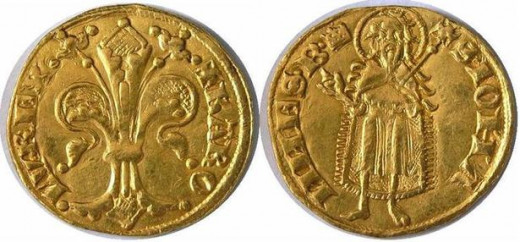
His son, Louis the Great, took over the throne in 1342. His father built up a stable economy, he was free to use it for whatever means, which in Middle Ages meant war. He was crowned king of Poland in 1370 as well, ruling over both countries from that year. He conquered the Kingdom of Naples along with numerous small countries along the Kingdom's borders to serve as buffer states.
He was succeeded by Sigismund of Luxembourg, King of Hungary and Croatia (1387-1437), King of Germany (1411-1437), King of Bohemia (1419-1437), King of Italy (1431-1437) and Holy Roman Emperor (1433-1437). Under his rule, the Kingdom of Hungary met her greatest adversary, the Ottoman Empire, for the first time.
He led a Christian army of about 90 000 men from France, Burgundy, Hungary, Germany, Bohemia, Italy and other lands against the Turks. The Sultan gave up besieging Constantinople and reorganized his army of 140 000 men against the Christians, eventually defeating them. This served as a warning sign for the years to come, and is considered to be the first bad omen in Hungarian history.
Rivalry for the Balkans and house Hunyadi
When the Ottoman Empire took Constantinople in 1453, their attention quickly turned against their next rival, Hungary. The main Ottoman army marched to Belgrade and besieged the castle, which was saved by John Hunyadi and John of Capistrano, a monk who organized a quick crusade to lift the siege (the pope ordered all bells to chime at noon to raise attention to the campaign). They managed to lift the siege and destroy the Ottoman army, delaying the Muslim expansion into Europe.
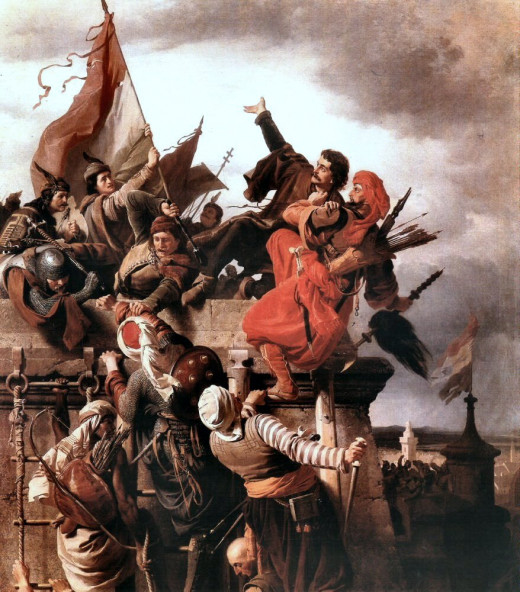
Recommended reading
Matthias Corvinus
After the victory, John Hunyadi's son, Matthias was elected to be king of Hungary. He had no dynastic background at all, yet he was respected by most and is revered as an extremely strong-handed king.
He brought renaissance to Hungary and gathered a huge collection of chronicles and scientific works, second only in size to the Vatican library, today an UNESCO world heritage site in Budapest. He reformed the economy and abused war tax to an extent that exhausted the coffers of the nobility so much that they could no longer resist the king's rule.
From this wealth, he financed his own mercenary army, the Black Legion. This was a standing army, almost completely unique of its time (only the Kingdom of Hungary and the Kingdom of France had standing armies), built up based on Julius Caesar's writings Matthias studied.
He recognized the importance of early firearms too, arming every fourth soldier in his army with an arquebus (early musket). He "invented" a noble ancestry for himself, the Corvinus family, and claimed the Bohemian and Austrian throne. His goal was to become Holy Roman Emperor and drive out the Ottomans from Europe. The Black Legion conquered most of Bohemia, Austria and Naples.
The downfall
King Matthias died early though with no legitimate sons, and the barons elected the Polish Vladislaus II. because of his weak character. After the strong rule of Matthias, they sought a weak king they could control.
In 1514, a peasant rebellion shook the Kingdom, foretelling the imminent downfall. Belgrade fell to the Ottoman Empire in 1521, and Protestantism reached the country dividing it even further. In 1526, the Hungarian army was destroyed by the Ottoman invading force, with the king Louis II. dying in the middle of the retreat (not thirty years after a Hungarian king took Vienna and Prague, his successor drowned in a creek while fleeing a battle).
In the chaos, the nobility elected two kings at once, and the Ottomans took the capital Buda in 1541. The two kings were Ferdinand I. Hapsburg and John Szapolyai. The Kingdom was divided into three parts, the Royal Hungary under Austrian rule to the west, the principality of Transylvania in the east and the Ottoman-ruled midlands.
Conclusion
The story of Hungary is a tragic one. Hungarians often contemplate about alternative histories, like a world where the Ottoman Empire never existed. Hungary grew in power steadily, but each and every time it peaked it was beaten down by the Ottoman Empire.
After Sigismund's defeat, the Kingdom had to concentrate enormous wealth on defense, and this exhausted the country. Instead of spending the gold on art, like in Italy, or advancing the society like England did, Hungary had to spend every resource on keeping the Ottoman Empire at bay, slowly becoming a battlefield for Christian forces against the Muslim invaders instead of a prosperous Kingdom.
© 2015 Medvekoma



